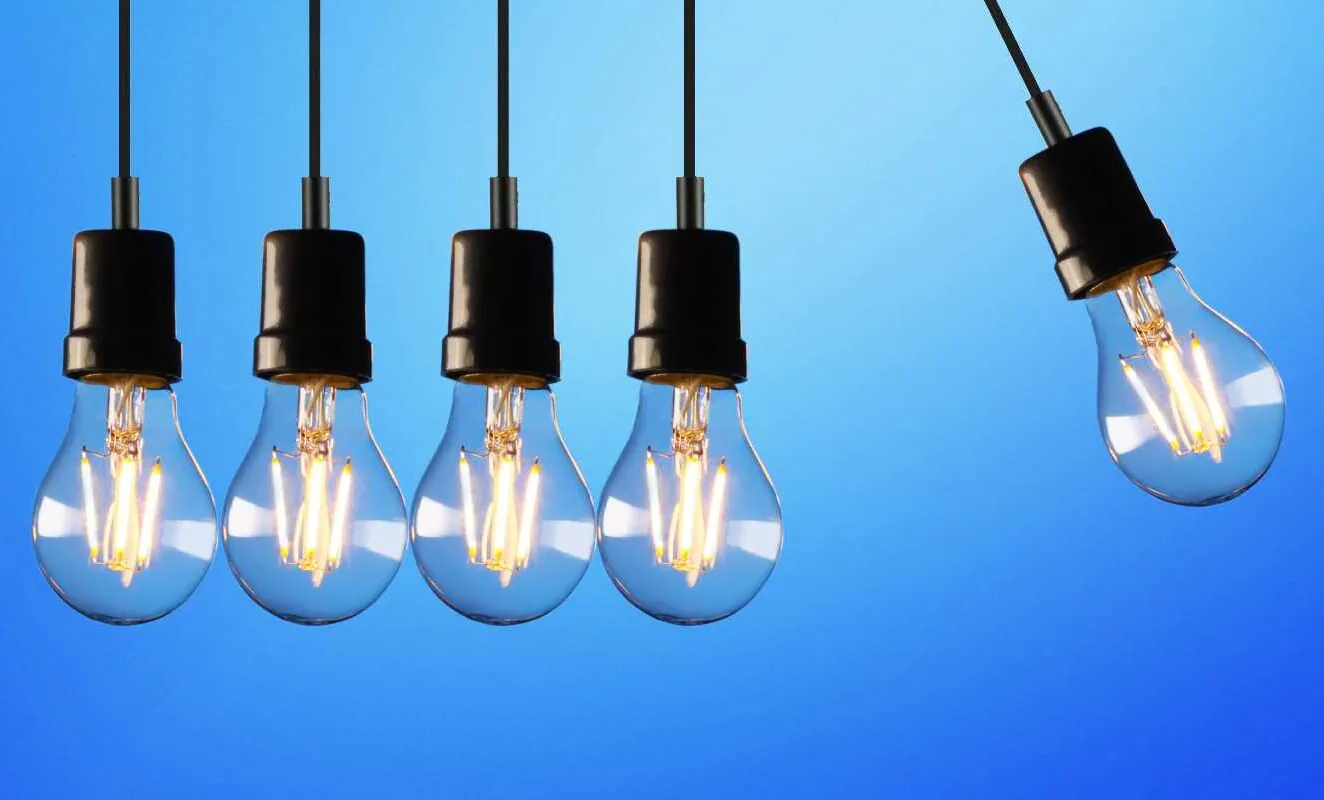Hydroelectric power, also known as hydropower, is a renewable energy source that generates electricity by harnessing the kinetic and potential energy of flowing or falling water. Below is a detailed explanation of how it works, its advantages, challenges, and applications.
How Hydroelectric Power Works
Energy Source:
Hydropower relies on the natural water cycle, which is continuously replenished by precipitation and gravity. The energy comes from either the flow of rivers or the height difference (head) between two water levels.
Mechanism:
STEP
01Water Collection and Storage
Water is stored at a higher elevation in reservoirs or flows naturally in rivers.
STEP
02Water Conveyance
It is directed through pipes called penstocks to a lower elevation.
STEP
03Energy Conversion
The falling or flowing water spins turbines, converting the water's kinetic or potential energy into mechanical energy.
STEP
04Electricity Generation
The turbines drive generators, which convert mechanical energy into electricity.
Electricity Transmission:
The generated electricity passes through transformers to convert it from direct current (DC) to alternating current (AC), making it suitable for transmission and distribution.
Types of Facilities:
Conventional Dams: Use reservoirs to store water and regulate flow.
Run-of-the-River Systems: Generate power without large storage reservoirs.
Pumped-Storage Systems: Store energy by pumping water to a higher elevation during low demand and releasing it to generate electricity during peak demand.
Top 5 Benefits of Hydroelectric Power
Renewable and Sustainable Energy Source
Hydroelectric power is considered one of the most renewable energy sources available. It relies on the natural water cycle, where water evaporates from oceans and lakes, forms clouds, and then precipitates back to Earth as rain or snow. This continuous cycle ensures that water resources are replenished naturally, providing a sustainable source of energy as long as the Earth’s climate remains stable.
Inexhaustible Resource: Unlike fossil fuels, which are finite and will eventually run out, water is abundant and renewable. As long as precipitation occurs, rivers will flow, and hydroelectric power can be generated.
Consistent Supply: Hydroelectric power plants can operate continuously, providing a reliable source of electricity. This is particularly important for meeting base-load power demands.
Clean and Emission-Free
Hydroelectric power is a clean source of energy because it does not produce greenhouse gas emissions or air pollutants during operation. This makes it an attractive alternative to fossil fuels, which are major contributors to climate change and air pollution.
No Greenhouse Gas Emissions: Hydroelectric plants do not emit carbon dioxide (CO2), methane (CH4), or other greenhouse gases that contribute to global warming.
No Air Pollution: Unlike fossil fuels, hydroelectric power does not release pollutants like sulfur dioxide (SO2), nitrogen oxides (NOx), or particulate matter, which can cause respiratory problems and other health issues.
Reduced Carbon Footprint: By using hydroelectric power, communities can significantly reduce their carbon footprint and contribute to a cleaner environment.
Reliable and Flexible Energy Generation
Hydroelectric power is highly reliable and flexible, making it an excellent choice for meeting varying energy demands.
Consistent Output: Hydroelectric plants can operate continuously, providing a stable source of electricity. This reliability is crucial for maintaining grid stability.
Quick Response to Demand Changes: Hydroelectric power plants can adjust their output rapidly to match changes in electricity demand. This flexibility is essential for balancing the grid when other renewable sources like solar and wind are intermittent.
Peak Power Capability: Hydroelectric plants can quickly ramp up or down to meet peak demand periods, making them ideal for providing reserve power.
Cost-Effective in the Long Run
While the initial investment in building a hydroelectric power plant is high, the long-term benefits make it a cost-effective option.
Low Operational Costs: Once constructed, hydroelectric plants have relatively low operational costs. There are no fuel costs since water is the energy source, and maintenance costs are generally lower compared to other power plants.
Long Lifespan: Hydroelectric facilities can operate efficiently for decades—often exceeding 50 years—without significant degradation in performance. This long lifespan spreads the initial investment over many years, reducing the cost per unit of electricity generated.
No Fuel Price Volatility: Unlike fossil fuels, whose prices can fluctuate significantly, hydroelectric power plants are not affected by fuel price changes, providing stable electricity costs over time.
Supports Economic Development and Recreation
Hydroelectric projects often have broader benefits beyond electricity generation, contributing to local economic development and recreational activities.
Job Creation and Economic Growth: Building and maintaining hydroelectric facilities creates jobs and stimulates local economies through infrastructure development and increased economic activity.
Infrastructure Development: Hydroelectric projects often require the construction of roads, bridges, and other infrastructure, which can benefit local communities beyond the power plant itself.
Recreational Opportunities: Reservoirs created by hydroelectric dams can support tourism by offering opportunities for boating, fishing, and other water sports, further boosting local economies.
Conclusion
Hydroelectric power offers numerous benefits, including its renewable nature, clean energy production, reliability, cost-effectiveness, and economic development opportunities. As a sustainable energy source, it plays a crucial role in reducing greenhouse gas emissions and supporting grid stability. With its long lifespan and low operational costs, hydroelectric power remains a vital component of global renewable energy strategies, contributing to a cleaner and more sustainable future.
Related Articles
- How We Drove 29% Profit Growth and Record Sales for a Pharmaceutical Company Through Pharma Market Intelligence
- How We Helped a Leading Online Game Developer Navigate and Capitalize on the Growing Virtual Goods Market
- Market Segmentation Helps a Leading Transportation and Logistics Industry Client Refine Their Marketing Strategies



